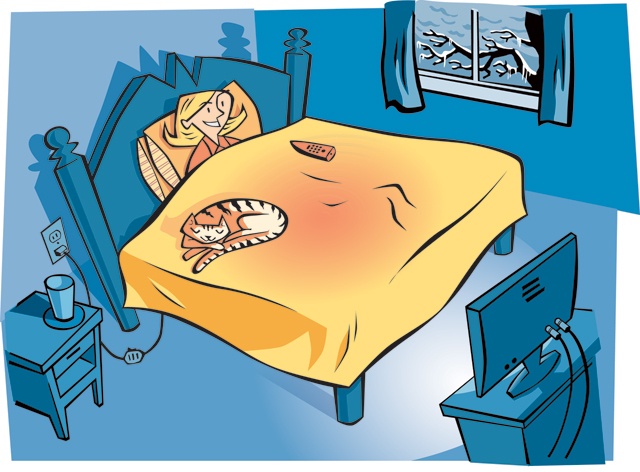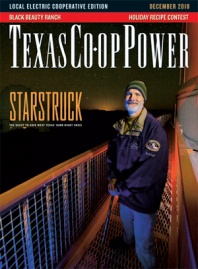As the temperatures get colder, you can count on customers coming by the Alco Discount Store in Dalhart looking for ways to keep warm.
In the often-blustery Texas Panhandle, this means stocking up on electric blankets, a top seller this time of year.
Consumers plug in electric blankets so they don’t have to heat up their entire home, says Robin Ulibarri, manager of the store. “People turn down their heat at night to save money,” she says.
These customers may be on to something. Electric blankets—as well as increasingly popular electric mattress pads—can help reduce energy use and save money during cold-weather months, according to several industry sources.
U.S. manufacturer Sunbeam even puts a number on the potential savings, claiming consumers can save $131 on their winter heating bills by using an electric heating pad or blanket and lowering their thermostat 8 degrees for 25 weeks a year.
“We ran the numbers and found that the savings might be even greater,” Senior Editor Daniel DiClerico wrote in a blog for Consumer Reports. The net savings, he wrote, might be $150 to $175 the first year, even counting $50 or so for the blanket. While most people likely won’t keep the lower thermostat setting all day, limiting savings, using an electric blanket “makes some financial sense,” he concluded.
It’s unlikely the potential savings would be as much in Texas, where people wouldn’t use electric blankets as much as Sunbeam estimates. But the savings could still add up.
Depending on the climate, industry experts say you can reduce your heating bills by 1 percent or more for each degree you lower the thermostat at night. So an electric blanket can pay for itself quickly, especially when you consider how little electricity it uses. According to the Department of Energy (DOE), a typical full-sized electric blanket consumes 100 watts. Based on a DOE formula for calculating energy use, a Texan who uses an electric blanket for eight hours a night for four months a year would consume about $7.28 worth of electricity, at 10 cents a kilowatt-hour.
Moreover, electric blankets cycle on and off to ensure they don’t overheat. “Most users are likely to have them on a low to medium setting when in use, so we would expect the average power draw to be much lower than this,” said Essie Snell, a research analyst with E Source, a consulting firm for the Cooperative Research Network, the research arm of the National Rural Electric Cooperative Association.
Counterintuitively, it’s not northern states like Illinois and New York but sunny Texas, California and Florida that rank among the top in sales of electric blankets and pads, according to Richard Zimmerer, an industry expert. That’s because folks in these warmer states can rely more heavily on electric blankets during cold seasons and may not even bother turning on their furnace.
Nationally, sales of electric blankets often rise when the economy falters, he added, which made 2009 a banner year for manufacturers. They benefited from frigid temperatures and the economic doldrums to sell 4.5 million electric blankets and warming pads, the most in recent memory, he said.
Known to some of his friends as “The Warm Bed Guy,” Zimmerer is nothing if not a die-hard advocate. In 2009, he retired from his job as electric blanket and mattress pad product manager for Perfect Fit Industries and founded the Electric Blanket Institute, an online information source he runs with a few volunteers to promote the benefits of blankets and warming pads.
At his home in Asheville, North Carolina, Zimmerer says he sleeps on a warming pad about half the year, which he says provides not only potential energy savings but some therapeutic benefits as well. The warmth helps soothe the arthritis he suffers in his hips, he says.
——————–
Charles Boisseau is associate editor of Texas Co-op Power.


